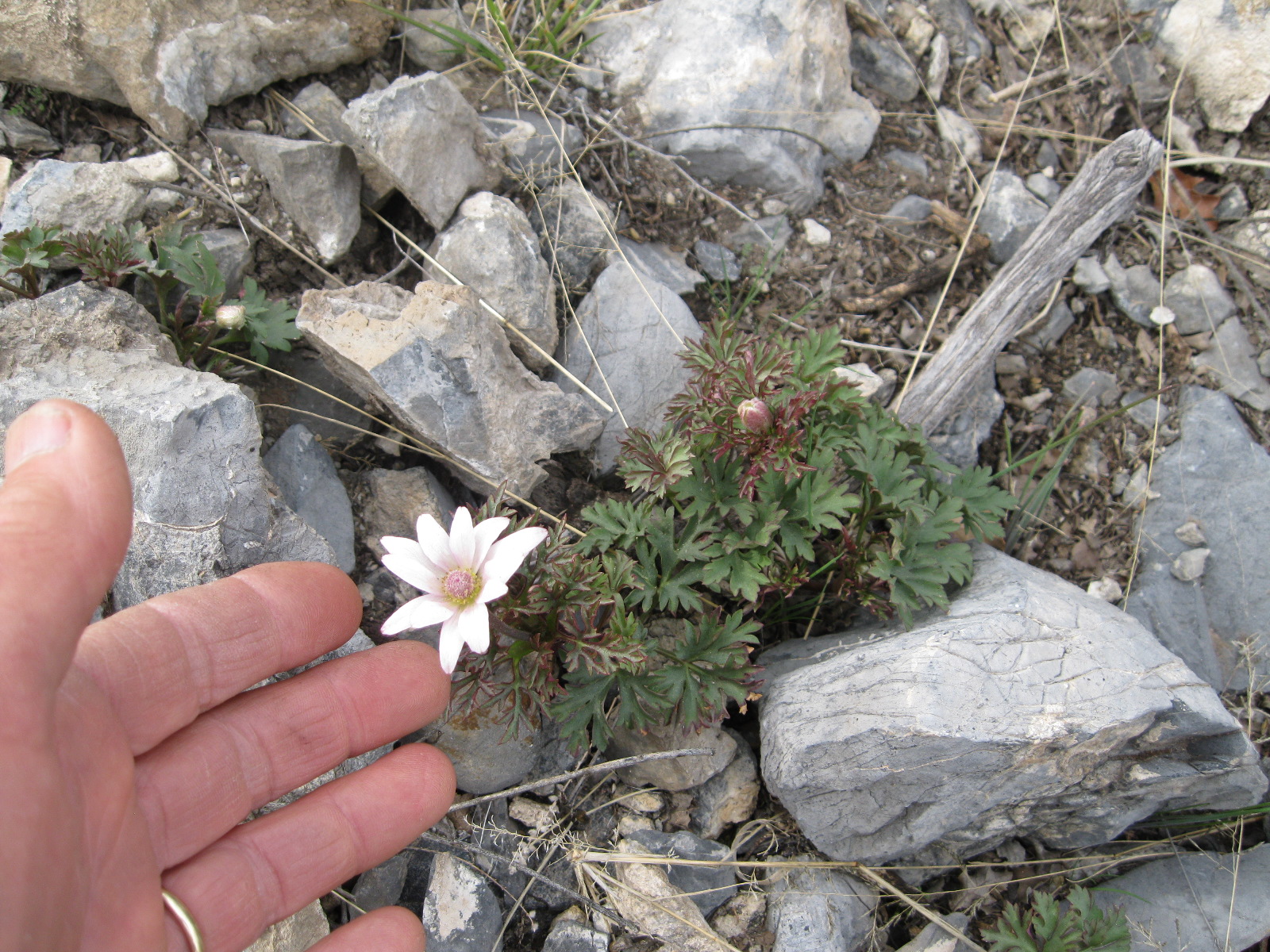
For goodness sake, I forgot to mention the black-tailed jackrabbit’s ears. The large iconic ears are magnificent parabolic reflectors that keep them well informed of anything approaching. I’ve noticed that sometimes in a effort to become invisible under a shrub that I’m walking by, a jackrabbit will lay its ears down across its back. And by the way, when those ears are upright and back lit by a rising or setting sun they are a translucent pink…a photo I hope to get someday.
Mexican elderberry (Sambucus caerulea var, mexicana) is a tree that likes its water, and in habitat it is found along streams and rivers, but I have observed old planted trees at abandoned homesteads that are existing on rainfall. This observation was made in the uplands of southern Arizona and not in the low desert. I have an old landscape book for the low desert called Plants for Dry Climates. It was one of the first books to come out 36 or 37 years ago to promote desert plants in urban landscapes…think Tucson and Phoenix. Mainly it was full of drought hardy exotics, but it was the southwestern native plants described that caught my interest and under Sambucus caerulea var. mexicana it says that it is “summer deciduous”. That’s a nice way of saying it doesn’t really care for life in a hot urban environment. That makes two of us, but listen, if you were to drive to Sonoita and then on down to Patagonia you will find it green and thriving along Sonoita Creek. While you’re there in Patagonia you can get a latte and look for New Age cowboys and cowgirls. Ye-haw!
A couple notes: The photos are mine. I love the big ears on that jackrabbit hiding in shade of a mesquite. The elderberry photos are of an elderberry at our home. I like the clouds in the sky behind the flowers and foliage…so artsy. And look at those flat clusters of flowers that will become clusters of purplish berries. Yum! Edible for critters and you and me too. Oh, and don’t forget to look up Mexican elderberry in your favorite herbal. It had medicinal uses that may interest you. And finally this; I sell native plants at the Bisbee Farmers Market most Saturdays from the spring through the fall.



What a fun discovery in the desert east of Douglas, Arizona. There is just something about these large spinescent shrubs in the buckthorn family,...

You know you haven’t been hiking or botanizing out in the desert or grassland enough when you look to the roadsides for interesting plants,...

Desert anemone (Anemone tuberosa) is in the Buttercup Family. Buttercups are the genus Ranuculus and so the family name is Ranunculaceae. It’s probably just...